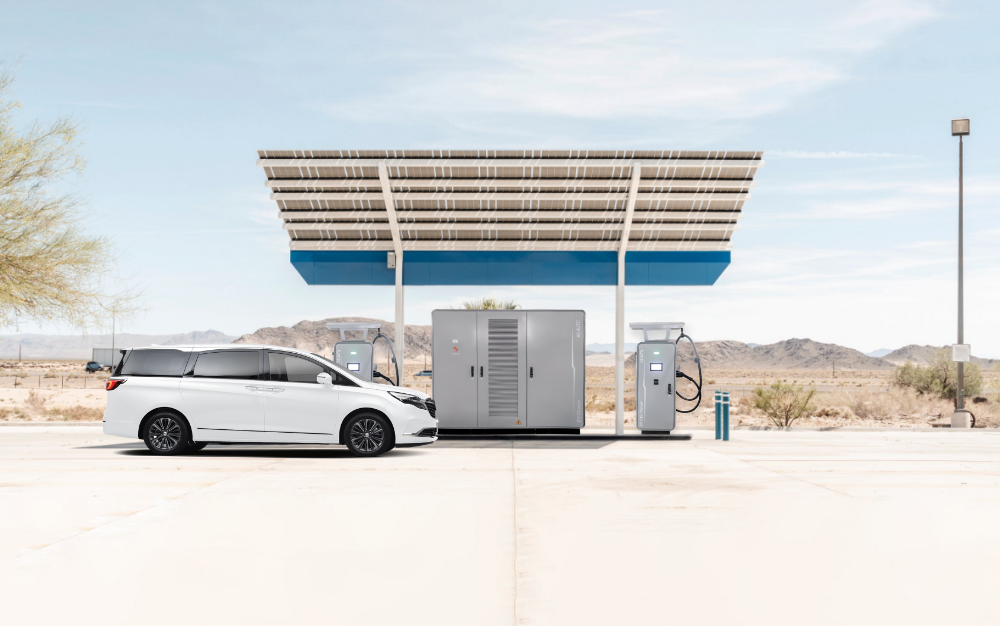Recently, the phenomenon of “negative electricity prices” has reappeared in the European electricity market. On January 2nd, due to the wind power generation reaching as high as 40 gigawatts, far exceeding the market demand, the German overnight market experienced negative electricity prices for four consecutive hours. Power generators had to pay users to consume the excess electricity. This is not an isolated case. In 2024, the cumulative duration of negative electricity prices in Germany reached 468 hours, a year-on-year increase of 60%. Not only Germany, but also France and Spain have successively been hit by negative electricity prices. According to data from the European Power Exchange (Epex Spot), the duration of negative electricity prices in France doubled to 356 hours in 2024, while Spain had a cumulative negative electricity price duration of 247 hours throughout the year, entering the “negative electricity price club” for the first time.

The Energy Transition Behind Negative Electricity Prices
The frequent occurrence of negative electricity prices is the result of the entire Europe’s active promotion of the transition to renewable energy. In 2023, Germany added 17 gigawatts of new renewable energy installed capacity, with the total installed capacity approaching 170 gigawatts, a year-on-year increase of 12%. Among them, the photovoltaic power generation almost doubled, and the proportion of wind and solar power generation in the energy structure continued to increase. However, the rapidly growing clean energy has also exposed the structural problems of the European power system:
Insufficient energy storage facilities: The existing energy storage capacity in Europe is far from sufficient to deal with the situation of power surplus. Especially in strong wind or high sunlight weather, the power generation surges while the electricity cannot be effectively stored, leading to frequent situations of oversupply.
Insufficient flexibility of the power grid: The existing power grid is difficult to quickly respond to power generation fluctuations and cannot balance the mismatch between supply and demand brought about by clean energy.
Reduction of traditional energy sources: As the cornerstone of stable power supply, the gradual phase-out of traditional energy sources has further weakened the resilience of the power grid.
Energy Storage: The Key to Solving Negative Electricity Prices
In order to deal with the frequent negative electricity prices and the power fluctuations brought about by the development of clean energy, European countries are accelerating the layout of energy storage facilities. According to the “European Energy Storage Market Outlook 2024-2028” report released by the European Photovoltaic Industry Association, the new installed capacity of the European energy storage market in 2023 reached 17.2 gigawatts, with a cumulative installed capacity of 35.9 gigawatts. However, the report predicts that by 2030, Europe will need more than 100 gigawatts of energy storage installed capacity to balance the power supply and demand, and there is still a huge gap at present.
Currently, the energy storage construction in Europe mainly focuses on the following two major areas:
Residential energy storage systems: The small-scale energy storage systems for individual photovoltaic users are growing rapidly. For example, the residential energy storage market in Germany is expected to grow from 8 gigawatt-hours in 2023 to 38 gigawatt-hours in 2030. Although these systems are convenient, their capacity is limited, making it difficult for them to play a significant role in power grid peak regulation.
Large-scale grid-side energy storage facilities: To solve the problem of insufficient capacity of residential energy storage, Europe is accelerating the construction of large-scale grid-side energy storage facilities. These facilities can not only effectively reduce the energy storage cost but also provide strong peak regulation support during peak power consumption periods.
AEAUTO: Boosting the Upgrade of the European Energy Storage Market
Against the backdrop of the continuously expanding energy storage demand in Europe, Chinese energy storage enterprises have ushered in unprecedented opportunities. As a world-leading provider of energy storage system solutions, AEAUTO, with its technological advantages and product innovations, is actively participating in the development of the European energy storage market.
The energy storage batteries of AEAUTO use lithium iron phosphate (LiFePO4) cells and have the following core advantages:
High energy density: It can meet the needs of large-scale power storage while saving floor space.
Intelligent management system (BMS): It supports real-time monitoring of the battery status and provides protection against overcharging, over-discharging, over-current, and high temperatures.
Flexible configuration: It supports multi-module parallel connection and is suitable for residential, commercial, and industrial energy storage needs.
Long lifespan and low cost: With a cycle life of up to 6,000 times, it reduces the cost of use throughout the life cycle, which is 1.5 times the average level of similar products in the market.
Compatibility: It can seamlessly connect with more than 90% of the mainstream inverter brands in Europe.
In addition, AEAUTO‘s products have passed international certifications such as UKCA, TÜV, CE, and ISO, and are widely compatible with the mainstream photovoltaic and energy storage systems in the European market, providing customers with plug-and-play customized solutions.
The feedback from the European market in 2024 shows that AEAUTO’s energy storage products, with their excellent performance and reliability, have achieved a customer satisfaction rate of 96.8%. Moreover, more than 500MWh of energy storage projects have been successfully deployed in European, Middle Eastern, Southeast Asian and other countries and regions, widely covering the residential, commercial, and industrial energy storage fields.
The energy storage demand in Europe will continue to surge. The construction of large-scale facilities is expected to ease the contradiction of negative electricity prices and promote the stability of the power system. AEAUTO will take technological innovation as its core to assist the energy transition in Europe and inject impetus into global sustainable development.
